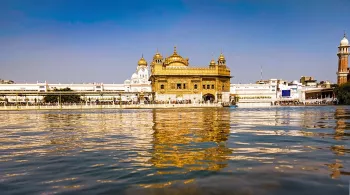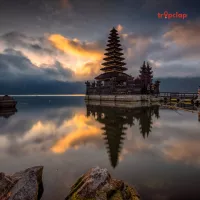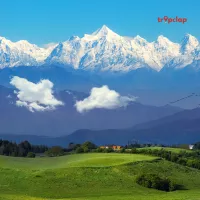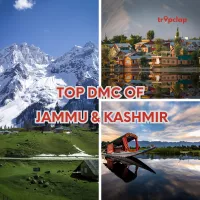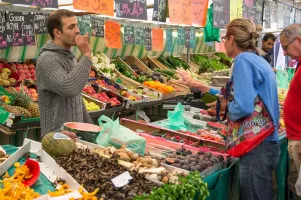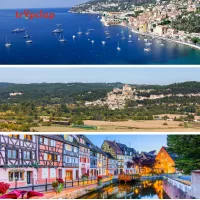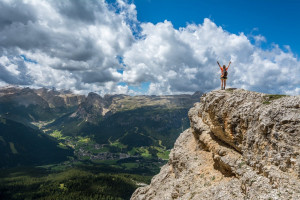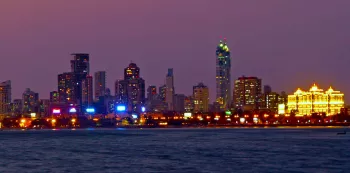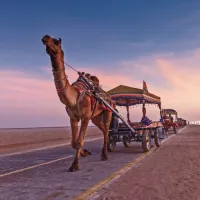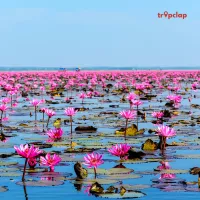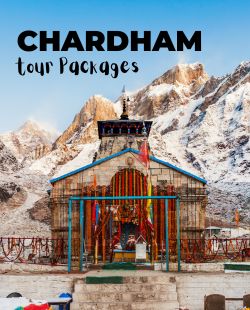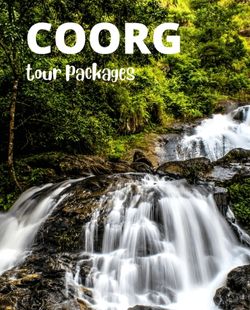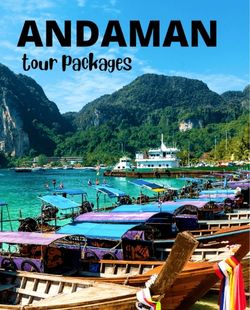Heritage Sites of Jammu & Kashmir - History & Location
know in detail about the heritage Sites of Jammu & Kashmir. Also know their history and where abouts.
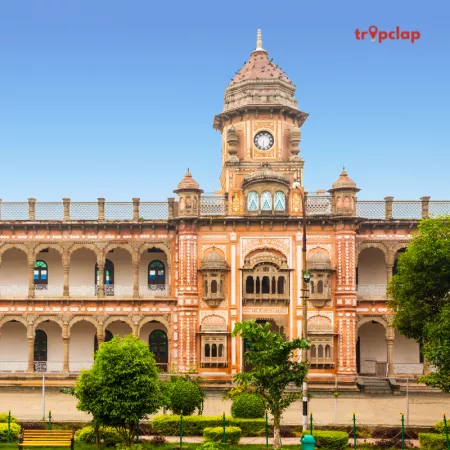
From ancient temples to majestic forts, the region of Jammu and Kashmir is dotted with numerous heritage sites that offer a glimpse into its glorious past.
These sites serve as tangible reminders of the glorious past, reflecting the architectural brilliance and cultural diversity that define Jammu & Kashmir.
Beyond their historical significance, these heritage sites of Jammu and Kashmir play a pivotal role in the tourism industry of the state. Drawing travelers from far and wide, they offer a glimpse into the region's illustrious past while captivating visitors with their beauty and grandeur. You can explore Kashmir tour packages to visit these places.
These sites serve as tangible reminders of the glorious past, reflecting the architectural brilliance and cultural diversity that define Jammu & Kashmir.
Beyond their historical significance, these heritage sites of Jammu and Kashmir play a pivotal role in the tourism industry of the state. Drawing travelers from far and wide, they offer a glimpse into the region's illustrious past while captivating visitors with their beauty and grandeur. You can explore Kashmir tour packages to visit these places.
Moreover, they serve as focal points for cultural exchange and exploration, fostering a deeper understanding of Jammu & Kashmir's rich heritage among tourists and locals alike. As integral components of the state's tourism landscape, these heritage Sites of Jammu & Kashmir contribute significantly to its economy and cultural identity.
For all the history buffs we have compiled here the list of famous heritage sites of Jammu and Kashmir
Per Person
19,999
*EXCLUDING APPLICABLE TAXES 3.7 Ratings
( 5 Reviews )
( 5 Reviews )
Per Person
12,999
*EXCLUDING APPLICABLE TAXES 3.7 Ratings
( 5 Reviews )
( 5 Reviews )
Total
34,000
*EXCLUDING APPLICABLE TAXES 5.0 Ratings
( 4 Reviews )
( 4 Reviews )
Per Person
25,240
*EXCLUDING APPLICABLE TAXES 5.0 Ratings
( 239 Reviews )
( 239 Reviews )
Per Person
33,900
*EXCLUDING APPLICABLE TAXES 5.0 Ratings
( 4 Reviews )
( 4 Reviews )
Per Person
28,900
*EXCLUDING APPLICABLE TAXES 5.0 Ratings
( 4 Reviews )
( 4 Reviews )
Per Person
31,500
*EXCLUDING APPLICABLE TAXES 4.6 Ratings
( 22 Reviews )
( 22 Reviews )
Per Person
21,500
*EXCLUDING APPLICABLE TAXES 5.0 Ratings
( 4 Reviews )
( 4 Reviews )
Per Person
11,000
*EXCLUDING APPLICABLE TAXES 3.7 Ratings
( 5 Reviews )
( 5 Reviews )
Per Person
18,000
*EXCLUDING APPLICABLE TAXES 5.0 Ratings
( 4 Reviews )
( 4 Reviews )
Famous Heritage Sites of Jammu and Kashmir
- Martand Sun Temple
- Parihaspora
- Akhnoor Fort, Jammu
- Ramnagar Fort in Udhampur
- Amar Mahal Palace
- Bahu Fort
- Mubarak Mandi, Jammu
- Pari Mahal, Srinagar
- Hari Parbat Fort, Srinagar
- Mughal Gardens, Srinagar
1. Martand Sun Temple
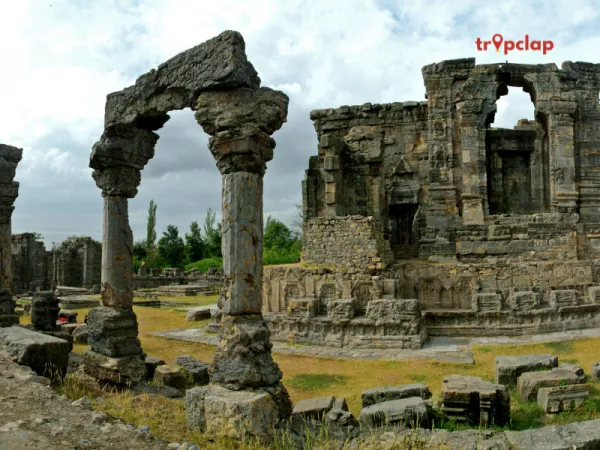 View Gallery - 11
View Gallery - 11 Located near Anantnag, the Martand Sun Temple stands as a testament to the architectural brilliance of ancient Kashmir. Martand temple, atop a plateau, offers panoramic views of the Kashmir Valley.
Its ruins showcase a blend of architectural styles.
With its imposing columns, intricate carvings, and commanding presence, it remains a revered site and a marvel of Kashmiri craftsmanship.
History : Built in the 8th century by King Lalitaditya Muktapida of the Karkota dynasty, this magnificent temple was dedicated to the Sun God, Surya. It served as a place of worship and pilgrimage, attracting devotees from far and wide. However, the temple fell into ruin over the centuries, likely due to invasions and natural disasters.
Location : near Anantnag
2. Parihaspora
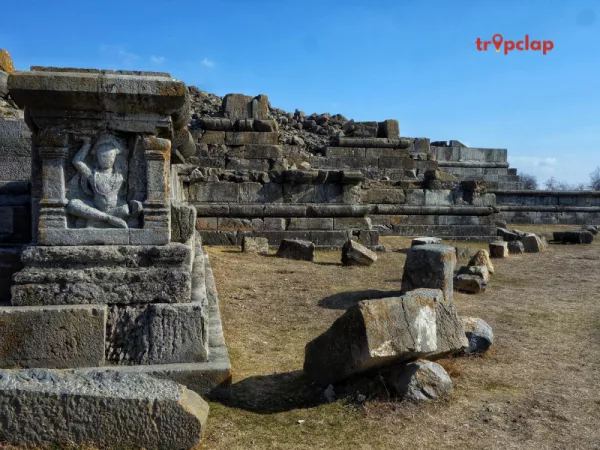 View Gallery - 11
View Gallery - 11 Parihaspora, situated near Baramulla, is an archaeological site of great historical significance. It was once a thriving city during the rule of the Karkota dynasty in the 8th century. The site is renowned for its impressive ruins, including a large Buddhist stupa and remnants of ancient structures, offering valuable insights into Kashmir's rich cultural heritage and its role as a center of Buddhist learning.
History: The Parihaspora Sun Temple, located near Baramulla in Jammu and Kashmir, was constructed in the 8th century. It was a significant center of Hindu and Buddhist learning, featuring intricate architectural designs before its decline.
Location: Near Baramulla
3. Akhnoor Fort, Jammu
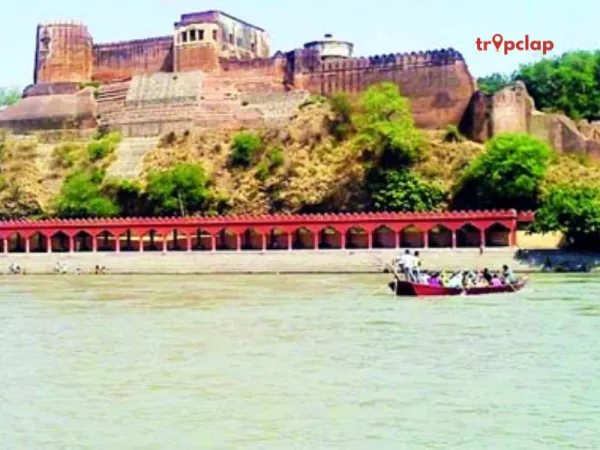 View Gallery - 11
View Gallery - 11 Akhon Fort is another heritage sites of Jammu and Kashmir perched on the banks of the Chenab River. Akhnoor Fort is a majestic edifice steeped in history. Built by the Mughals in the 18th century, it served as a strategic stronghold overlooking the river valley. Today, the fort stands as a symbol of Jammu's military past, attracting visitors with its imposing architecture and panoramic views of the surrounding landscape.
History: The history of Akhnoor Fort in Jammu traces back to the 18th century when it was constructed by the Mughals. It played a crucial role in defending the region against invasions. Over the years, it witnessed various rulers and battles, including the Dogras who later took control of the fort.
Location: Jammu
4. Ramnagar Fort in Udhampur
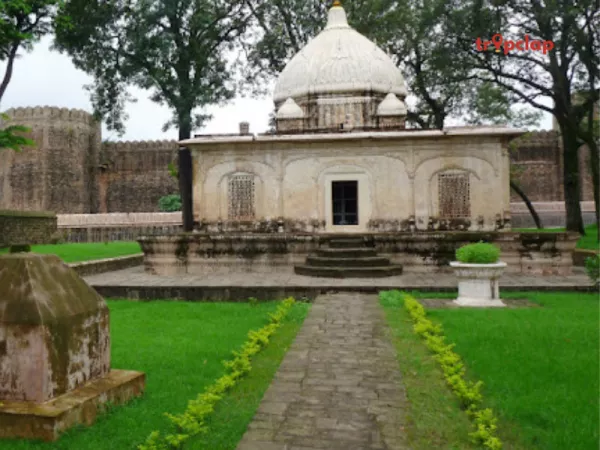 View Gallery - 11
View Gallery - 11 Nestled amidst the picturesque surroundings of Udhampur, Ramnagar Fort is a magnificent structure dating back to the 17th century. The fort served as a royal residence and administrative center. Its intricate architecture, including intricately carved balconies and ornate doorways, reflects the grandeur of bygone eras, offering visitors a glimpse into the region's regal past.
History:Ramnagar Fort, situated in Udhampur, has a rich history dating back to the 17th century. Built by Raja Suchet Singh of the Dogra dynasty, it served as a royal residence and administrative center. The fort boasts impressive architecture, reflecting the region's regal past.
Location: Udhamgar
5. Amar Mahal Palace
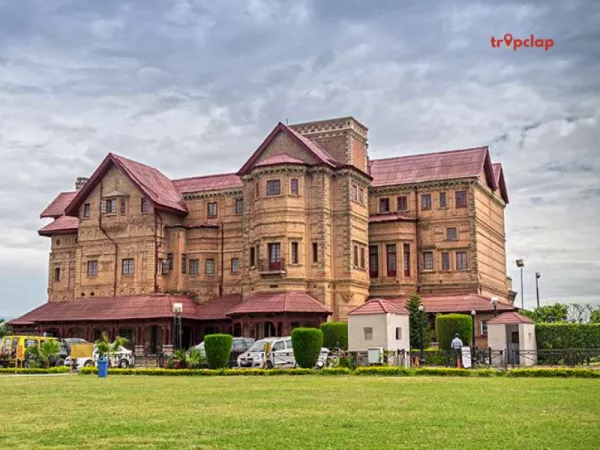 View Gallery - 11
View Gallery - 11 Built in the 19th century by Raja Amar Singh of the Dogra dynasty, Amar Mahal Palace in Jammu is a splendid architectural marvel. Later was residence to Maharani Tara Devi, wife of late Raja Hari Singh. Designed in a grand European style, the palace features a striking red sandstone facade and ornate interiors. Today, it houses a museum and art gallery showcasing a rich collection of artifacts, paintings, and sculptures, offering visitors a glimpse into the opulent lifestyle of the erstwhile royals.
History: The history of Amar Mahal Palace dates back to the 19th century when it was constructed by Raja Amar Singh of the Dogra dynasty in Jammu. Designed in a grand European style, the palace served as a royal residence and symbolized the opulence of the ruling family.
Location: Jammu
6. Bahu Fort
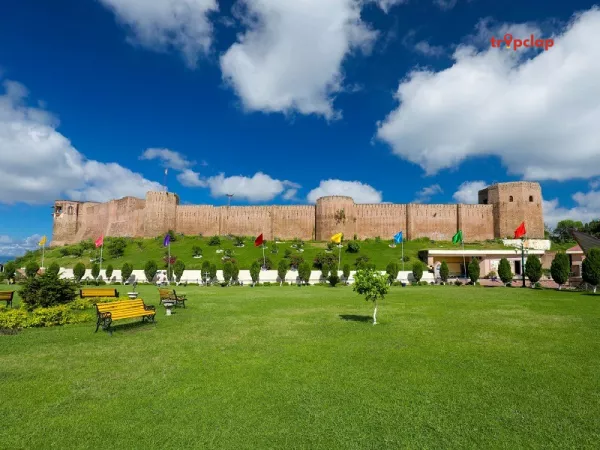 View Gallery - 11
View Gallery - 11 Bahu Fort perches atop a rocky outcrop on the left bank of the Tawi River. It is believed to be the oldest fort in the city,later expanded and embellished by the Dogra rulers, the fort now houses the revered Bave Wali Mata Mandir, dedicated to the Hindu goddess Kali. Pilgrims throng to the temple on Tuesdays and Sundays, considering these days auspicious.
Surrounding the fort is the picturesque Bagh-e-Bahu, an extensive terraced garden, adding to the fort's charm and allure.
History: Bahu Fort, located near the city center of Jammu, has a storied history that stretches back over 3,000 years. Originally built by Raja Bahulochan, it has been expanded and fortified by successive rulers, including the Dogras.
This imposing fortress overlooks the Tawi River and served as a strategic stronghold, protecting the region from invasions. Inside the fort, there is a temple dedicated to the Hindu goddess Kali, attracting pilgrims and visitors alike.
Location: Jammu
7. Mubarak Mandi, Jammu
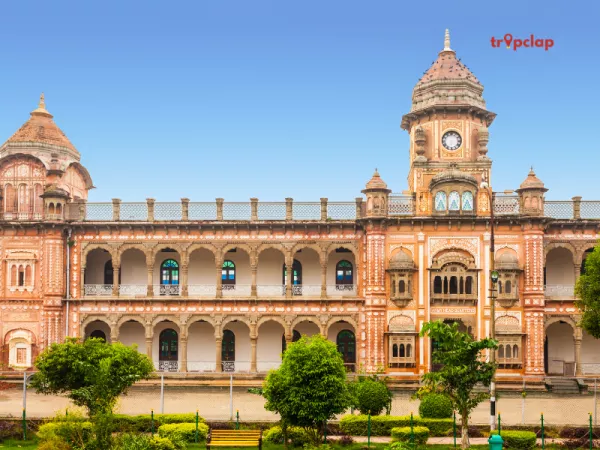 View Gallery - 11
View Gallery - 11 Mubarak Mandi Palace complex in Jammu is a sprawling architectural marvel that served as the royal residence of the Dogra kings. Built over several centuries, the palace blends various architectural styles, including Rajasthani, Mughal, and European influences. Today, it houses a museum showcasing artifacts related to the region's history and culture, providing visitors with a fascinating journey through time.
History: Originally built in the 18th century by Maharaja Gulab Singh of the Dogra dynasty, it served as the royal residence and seat of power for the Dogra kings. Over time, the complex was expanded and renovated by successive rulers, including Maharaja Ranjit Singh and Maharaja Hari Singh. The architecture of Mubarak Mandi reflects a blend of Rajasthani, Mughal, and European styles, showcasing the cultural diversity of the region.
Location: Jammu
8. Pari Mahal, Srinagar:
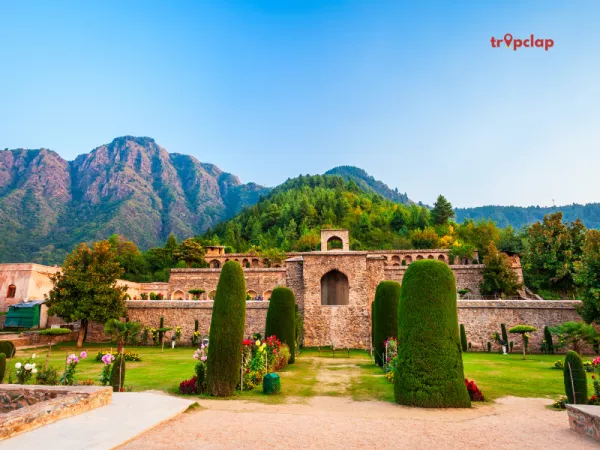 View Gallery - 11
View Gallery - 11 Perched atop the Zabarwan Mountain range in Srinagar, Pari Mahal is a beautiful historical monument dating back to the Mughal era. Built in the 17th century, the palace served as a pleasure garden and residential palace. Its exquisite architecture, terraced gardens, and intricately designed archways reflect a blend of Mughal and Islamic styles, attracting visitors with its serene ambiance and breathtaking views.
History:
Pari Mahal, located in Srinagar, was built in the 17th century by Mughal Emperor Shah Jahan. Originally a pleasure garden and residential palace, it later served as a Sufi school. Its architecture blends Mughal and Islamic styles.
Location: Srinagar
9. Hari Parbat Fort
 View Gallery - 11
View Gallery - 11 Nestled atop the picturesque hill of Hari Parbat in Srinagar, the majestic Hari Parbat Fort stands as a timeless sentinel of Kashmir's rich history. Its weathered walls, adorned with tales of centuries past, command attention against the backdrop of the serene Dal Lake and the snow-capped peaks of the Himalayas
History: Dominating the skyline of Srinagar, Hari Parbat Fort is a historic fortress built during the Mughal era. Constructed in the 18th century by the Afghan governor Atta Muhammad Khan, the fort offers panoramic views of the city and surrounding landscape. It stands as a symbol of Kashmir's rich cultural heritage and military history.
Location: srinagar
10. Mughal Gardens, Srinagar
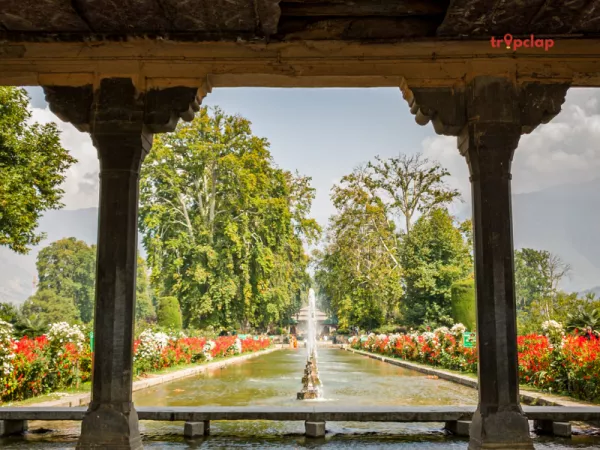 View Gallery - 11
View Gallery - 11 The Mughal Gardens of Srinagar are a series of meticulously manicured gardens built during the Mughal era. Designed in Persian style, these gardens feature terraced lawns, cascading fountains, and vibrant flower beds, creating a tranquil oasis amidst the bustling city. The most famous among them are Shalimar Bagh, Nishat Bagh, and Chashme Shahi, each offering visitors a glimpse into the Mughal love for nature and aesthetics.
History : The history of Mughal Gardens in Srinagar traces back to the Mughal era, particularly during the reign of Emperor Jahangir in the 17th century. Inspired by the Persian concept of paradise gardens, these meticulously manicured gardens were designed to reflect the beauty of nature and provide respite from the summer heat.
Location: Srinagar

Debalina Deb Roy
A seasoned travel writer with a passion for exploring off beat destinations and uncovering the hidden gems. My ultimate goal is to inspire people to step out of their comfort zones and explore the world.
Explore best popularTour Packages
Frequenty Asked Questions
1. Are there any religious significance associated with the heritage sites?
Yes, many heritage sites in Jammu and Kashmir hold religious significance. For example, Bahu Fort houses a temple dedicated to the Hindu goddess Kali, attracting pilgrims. Similarly, Martand Sun Temple and Pari Mahal have historical connections to Hindu and Islamic religious practices.
2. Are the heritage sites accessible to tourists throughout the year?
Most heritage sites in Jammu and Kashmir are accessible to tourists throughout the year. However, it's essential to check for any seasonal closures or restrictions due to weather conditions, maintenance, or special events.
3. Are there any entry fees to visit these heritage sites?
Entry fees may vary for each heritage site in Jammu and Kashmir. Some sites may charge nominal fees for entry, while others may offer free admission. Visitors are advised to check with local authorities or tourism offices for the latest information on entry fees and any applicable discounts for tourists.
4. Are there any guided tours available for exploring these heritage sites?
Yes, guided tours are often available for exploring heritage sites in Jammu and Kashmir. Local tour operators and travel agencies may offer guided tours with knowledgeable guides who provide insights into the history, architecture, and significance of each site.
5. Can visitors take photographs inside the heritage sites?
Photography policies may vary for each heritage site. While some sites allow photography for personal use, others may have restrictions or require visitors to obtain special permits for commercial photography or filming. It's advisable to inquire about photography policies at the entrance or visitor center of each site.
Tripclap connects you with top travel agents
Compare Custom Quotes and get the best package deal
1
Trusted Network Of 8000+ Agents.
2
Book everything together, including stay & transport.
3
Compare agent profiles & verified reviews.
How It Works
Compare Custom Quotes from Top Travel Agents.

Tell us about your trip

Get Custom quotes from top agents.

Choose the package you like
Latest Destinations : -
• Girnar • Ananthagiri • West Sikkim • Cairo • Chikballapur • Vaishali • Seremban • Gwalior • Gurez Valley • Crete • Ao Nang • Koh Phra Thong • Dublin • Nainital • Zagreb • Ozar • Batu Pahat • Tholpetty • Lonar • Rajahamundry • Jammu • Putrajaya • Dalhousie • Kashmir • Lakshadweep • Mandi • Tharangambadi • Melbourne • Mandawa • Davangere • Kanchanaburi • Sonmarg • Lucknow • Bhandardara • Nha Trang • Koh Lanta • Dubrovnik • Narnaul • Kasol • Gokarna • Bhedaghat • Pangkor Island • Ranikhet • Mandu • Darang • Kausani • Chandel • Alleppey • Hang Dong • Dachigam National Park
• Girnar • Ananthagiri • West Sikkim • Cairo • Chikballapur • Vaishali • Seremban • Gwalior • Gurez Valley • Crete • Ao Nang • Koh Phra Thong • Dublin • Nainital • Zagreb • Ozar • Batu Pahat • Tholpetty • Lonar • Rajahamundry • Jammu • Putrajaya • Dalhousie • Kashmir • Lakshadweep • Mandi • Tharangambadi • Melbourne • Mandawa • Davangere • Kanchanaburi • Sonmarg • Lucknow • Bhandardara • Nha Trang • Koh Lanta • Dubrovnik • Narnaul • Kasol • Gokarna • Bhedaghat • Pangkor Island • Ranikhet • Mandu • Darang • Kausani • Chandel • Alleppey • Hang Dong • Dachigam National Park
Best Selling Domestic Tour Packages : -
Kashmir Tour Packages Andaman Tour Packages Kerala Tour Packages Shimla Tour Packages Manali Tour Packages Sikkim Tour Packages Uttarakhand Tour Packages Rajasthan Tour Packages Chardham Tour Packages Gujarat Tour Packages Rameswaram Tour Packages Gangtok Tour Packages Goa Tour Packages Jaipur Tour Packages Ooty Tour Packages Jim Corbett Tour Packages Mussoorie Tour Packages Kanyakumari Tour Packages Meghalaya Tour Packages Ladakh Tour Packages
Kashmir Tour Packages Andaman Tour Packages Kerala Tour Packages Shimla Tour Packages Manali Tour Packages Sikkim Tour Packages Uttarakhand Tour Packages Rajasthan Tour Packages Chardham Tour Packages Gujarat Tour Packages Rameswaram Tour Packages Gangtok Tour Packages Goa Tour Packages Jaipur Tour Packages Ooty Tour Packages Jim Corbett Tour Packages Mussoorie Tour Packages Kanyakumari Tour Packages Meghalaya Tour Packages Ladakh Tour Packages
Best Selling International Tour Packages : -
Dubai Tour Packages Bali Tour Packages Singapore Tour Packages Thailand Tour Packages Maldives Tour Packages Bhutan Tour Packages Vietnam Tour Packages Mauritius Tour Packages Nepal Tour Packages Europe Tour Packages Sri lanka Tour Packages Turkey Tour Packages Malaysia Tour Packages Azerbaijan Tour Packages
Dubai Tour Packages Bali Tour Packages Singapore Tour Packages Thailand Tour Packages Maldives Tour Packages Bhutan Tour Packages Vietnam Tour Packages Mauritius Tour Packages Nepal Tour Packages Europe Tour Packages Sri lanka Tour Packages Turkey Tour Packages Malaysia Tour Packages Azerbaijan Tour Packages
Certified
We accept (more)
Members of
Media Recognition
Trusted Partners
Award
Copyrights © TripClap. All Rights Reserved


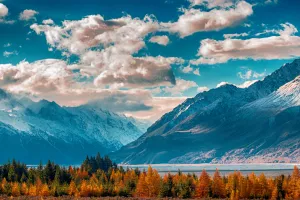
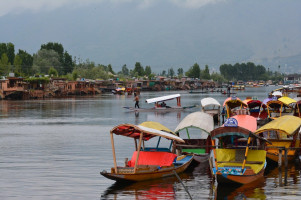
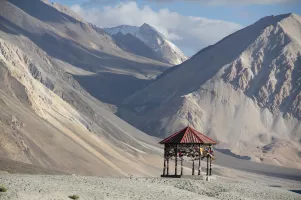
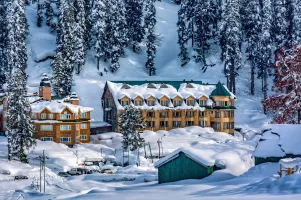
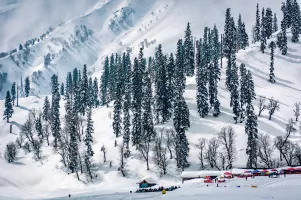
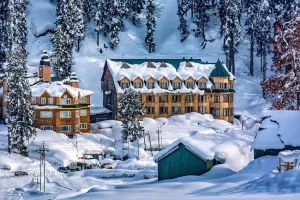

 May
May June
June July
July August
August September
September October
October November
November December
December January
January February
February March
March April
April

